Bird With Blue Eyes
Have you recently seen a bird with blue eyes? If you have, you may be wondering what kind of bird you have seen?

Or perhaps you are just curious about what birds in our great and beautiful world have blue eyes.
Regardless of why you are here, we have a list of birds that have blue eyes. So, without further ado, let us take a look at our fine feathered friends!
Brown Pelicans

These elegant birds have a large bill, long slim neck, and usually a dark body.
They are most commonly can be found in or around America however they have been seen elsewhere. They tend to enjoy living near oceans and are aerial divers.
Despite living largely near the sea these birds like to nest in trees. Did you know that pelicans incubate their eggs by using the skin of their feet? Well, now you do!
- Latin Name – Pelecanus Occidentalis
- Diet – Typically eat fish or other small creatures that live in water.
- Conservation – These birds are currently not endangered and are quite common.
- Native To – Southern coasts in the United States of America
Northern Gannet
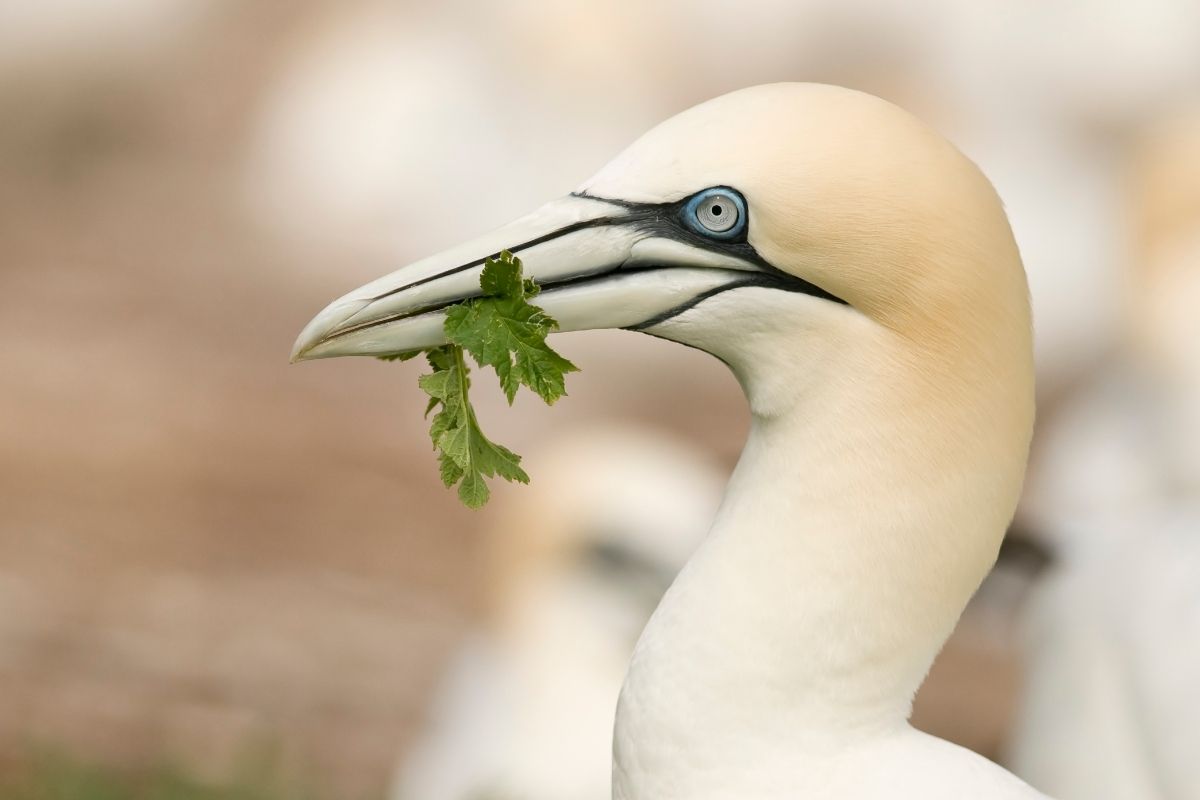
These birds are deceptively large and are nearly as big as albatrosses. They have extremely sharp beaks that are designed to tear through fish which is their primary food.
Adult northern gannets have pointed tails with long and slender wings. They are usually predominantly white with black wingtips and a golden crown.
If you see these birds you have likely seen how fast they dive as they catch their food.
Diving down at great speed only to resurface with a mouth full of fish. These birds mostly nest on cliffs and are not currently endangered.
- Latin Name – Morus bassanus
- Diet – Typically eat fish or other small creatures that live in water.
- Conservation – These birds are currently not endangered and are quite common.
- Native To – Atlantic coats of North America
Satin Bowerbird

These striking birds have beautiful blue-purple eyes.
They are medium-sized birds and while the female is a drab brown the males are a striking glossy blue-black color that certainly impresses the ladies.
The satin bowerbird usually lives in wet forests or woodlands but they also enjoy open areas.
These birds are quite stunning when you see them in person but when you see their striking blue-purple eyes you will certainly be taken aback.
- Latin Name – Ptilonorhynchus Violaceus
- Diet – These birds largely eat fruit throughout the year but in the summer they like to eat insects.
- Conservation – These birds are currently not endangered and are quite common.
- Native To – Eastern and southeastern coasts of Australia
Blue-Eyed Shag
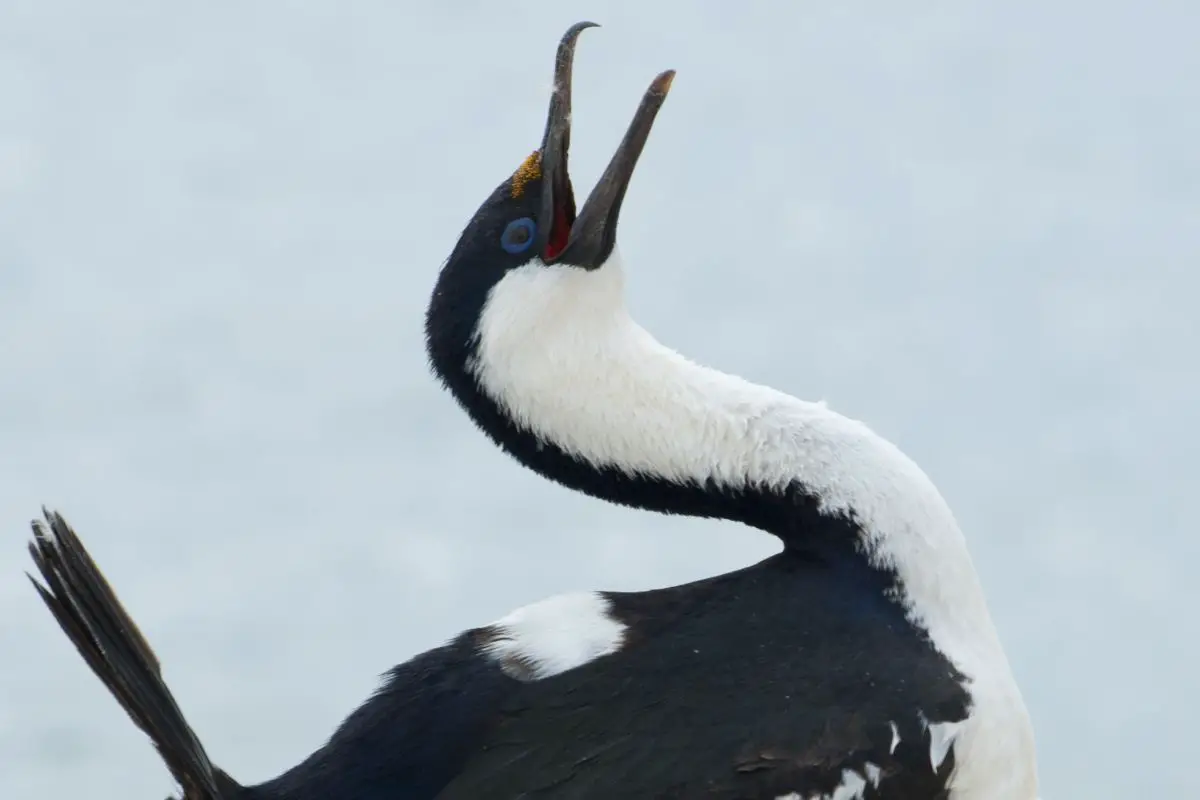
These birds are quite beautiful and if you have ever had the fortune to see one then you will know exactly how striking these water birds can be.
They Are white and black with a blue patch of skin around each eye.
These birds tend to live in large colonies and tend to test on the ground far out of the way of ice and water.
While these may not be a sight you have seen in the United States they are certainly beautiful birds with blue eyes.
- Latin Name – Phalacrocorax Atriceps
- Diet – Typically eat fish or other small creatures that live in water.
- Conservation – These birds are currently not endangered and are quite common.
- Native To – Sub-Antarctic Islands like the Falkland Islands and Chile
Blue-Eyed Ground-Dove
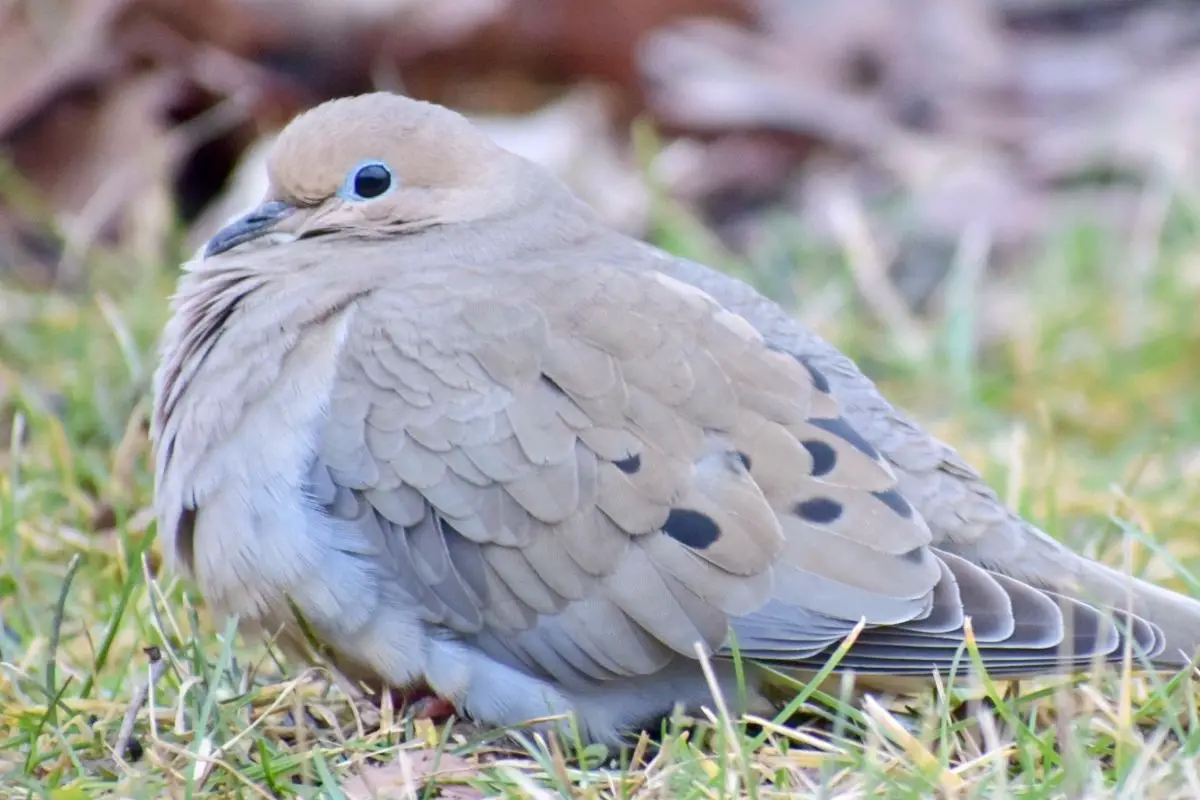
There are very few of these birds left in the wild in fact there are only about sixteen of these blue-eyed ground-doves left in the wild.
They are a beautiful rusty brown with black patterns and mottled white bellies. But the most striking feature of these birds is their striking blue eyes.
- Latin Name – Columbina Cyanopis
- Diet – Typically eat seeds and small insects.
- Conservation – Highly endangered birds are left with only about sixteen birds left in the wild.
- Native To – Tropical Savanna of Eastern Brazil
Western Jackdaw
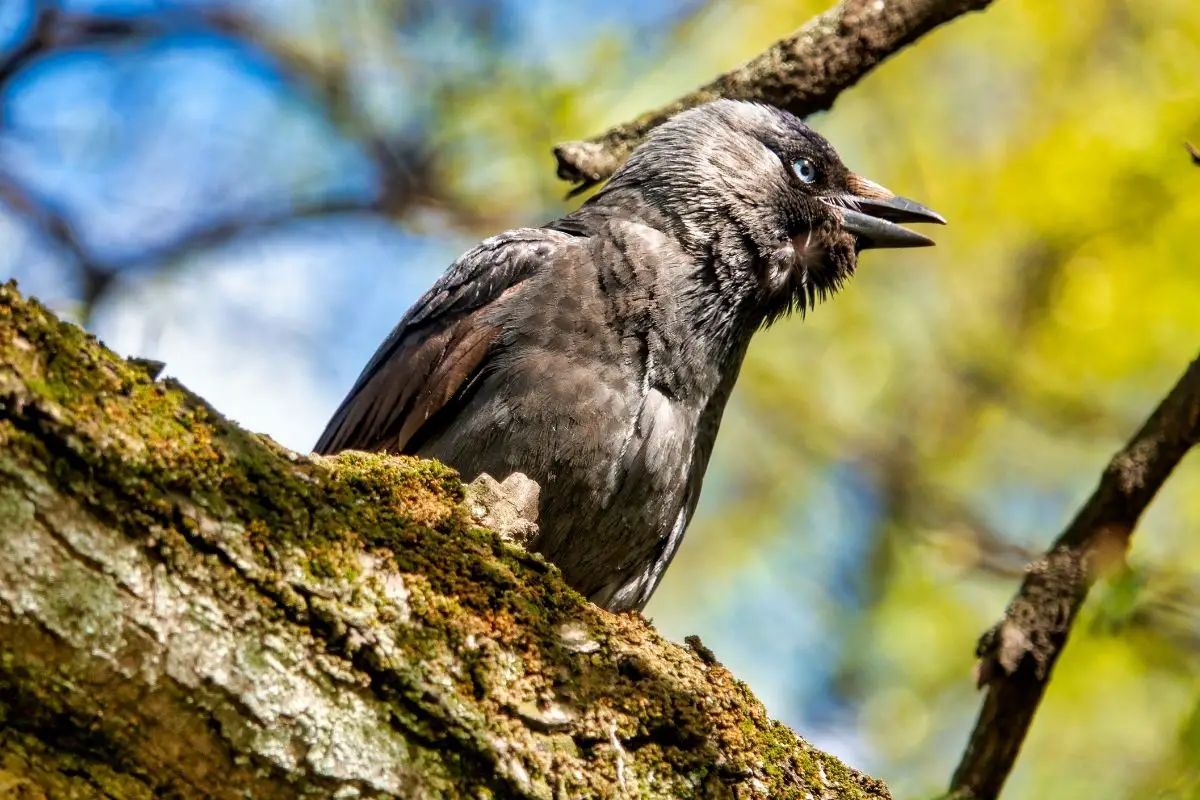
These birds are small and are mostly black. The western jackdaw is a common sign in Northwestern Africa and parts of Europe.
They tend to be scavengers but will eat eggs, chicks from other birds’ nests, small rodents, and insects on top of the carrion diet the corvid family is known for.
- Latin Name – Corvus Monedula
- Diet – Typically eat small rodents, eggs, chicks, carrion, and insects.
- Conservation – These birds are currently not endangered and are quite common.
- Native To – Northwest Africa and Parts of Europe
Philippine Eagle
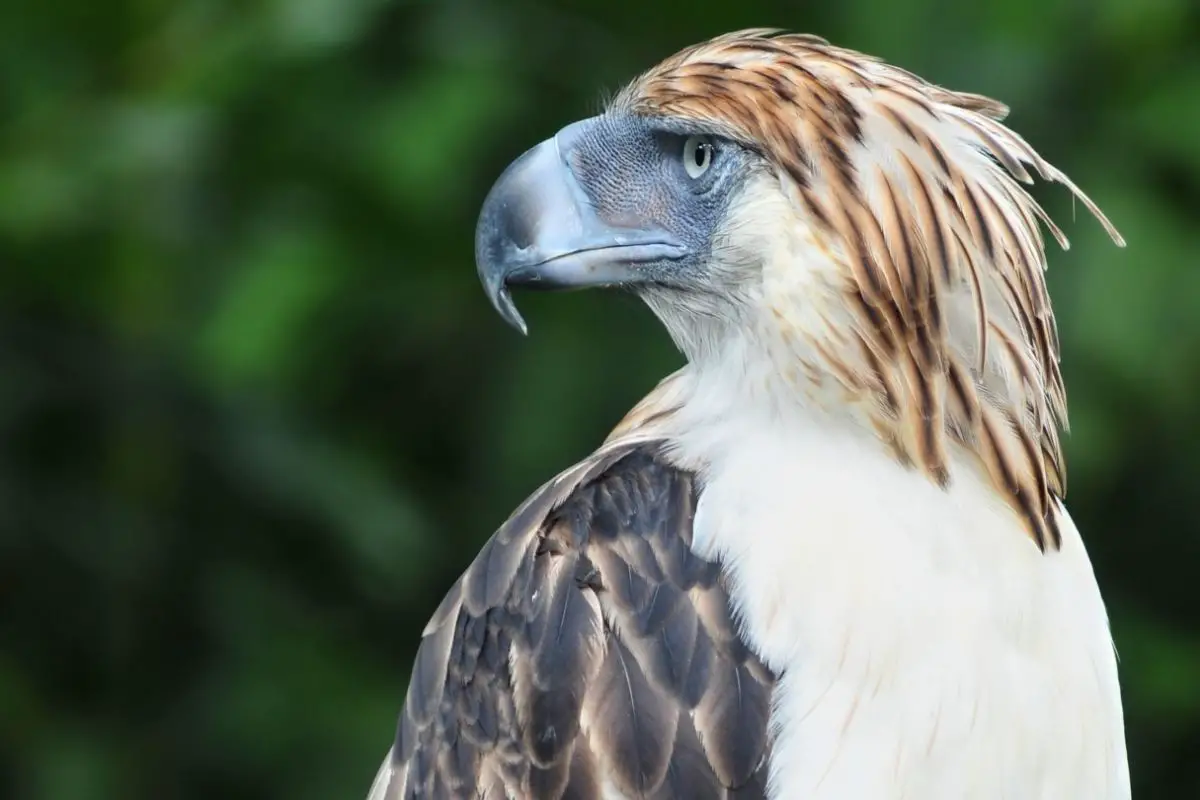
These majestic birds are extremely endangered at the moment.
They are endemic to the Philippines and are known as one of the largest and most powerful birds of prey in the world.
They were formerly known as monkey-eating eagles but later their name changed.
These birds are brown and white birds with beautiful striking blue eyes and a blueish beak.
You are unlikely to have seen them in the wild but if you have you are extremely lucky.
- Latin Name – Pithecophaga Jefferyi
- Diet – They tend to eat small mammals but primarily eat lemurs.
- Conservation – Highly endangered birds are left with only about sixteen birds left in the wild.
- Native To – Four islands in the Philippines, namely Mindanao, Luzon, Leyte and Samar.
White Ibis
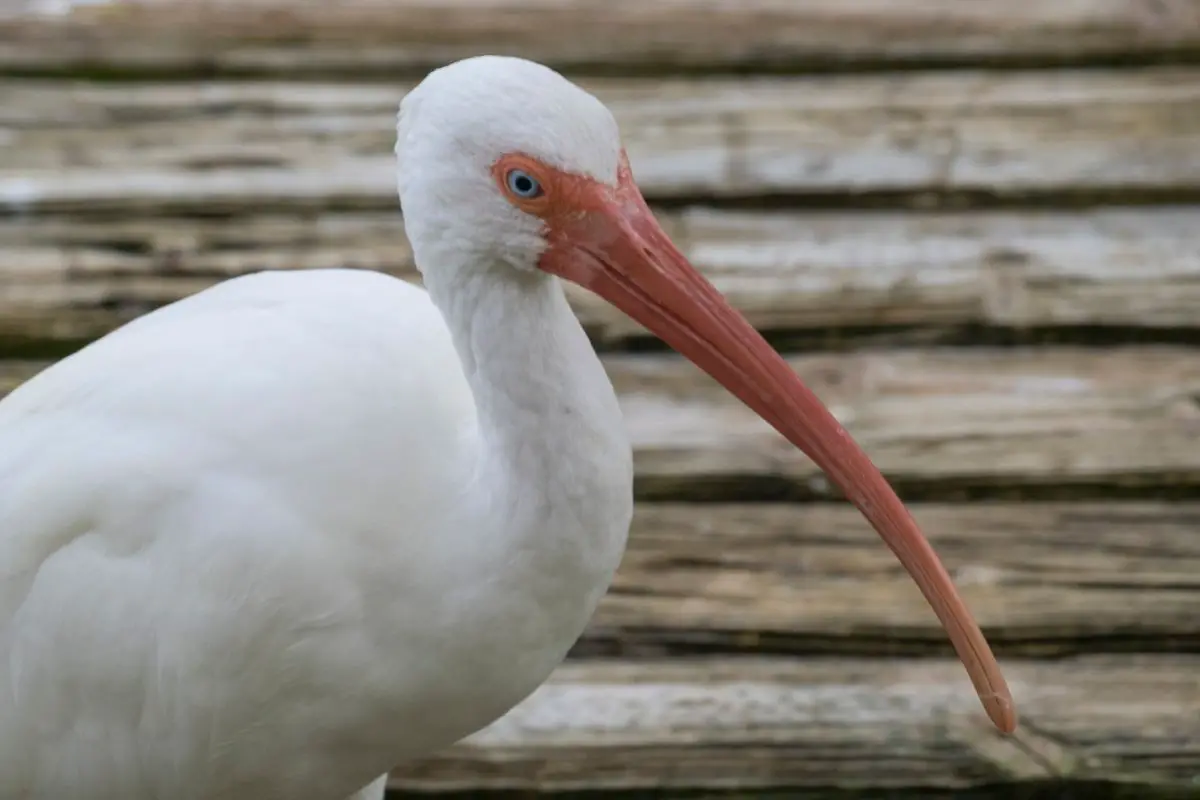
You can usually find the white ibis inhabiting marshlands in Southeast America.
They are a largely aquatic species and live on fish and other invertebrates that they find in the shallow water.
They are not currently endangered which means that they are quite prolific in their natural habitat.
These birds usually gather in groups in the shallow water of wetlands where they catch their food. They are largely white and have bright red legs and a red mask.
- Latin Name – Eudocimus Albus
- Diet – Typically eat fish or other small invertebrate creatures that live in water.
- Conservation – These birds are currently not endangered and are quite common.
- Native To – Southeastern parts of the United States of America.
Final Thoughts
We hope that you have enjoyed learning about these beautiful birds with blue eyes.
Hopefully, YOUR bird with blue eyes was on this list but if it was not then you should look for more of these stunning birds. There are certainly a lot of them out there.
Have a fantastic day and good luck looking for that blue-eyed bird that you saw if you have not already identified it!
